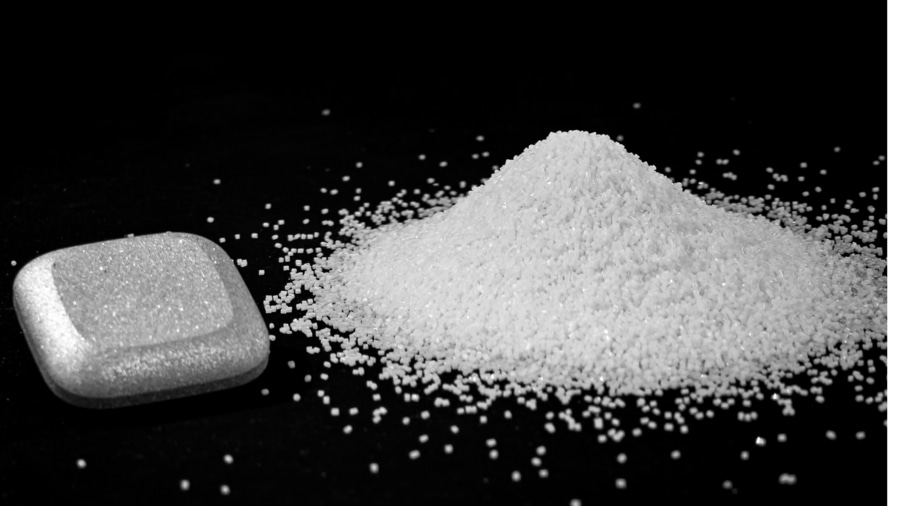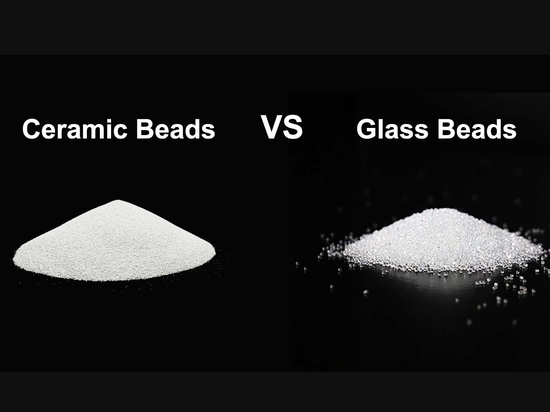
#Industry News
Freezing the Future: The Industrial Transformation of Polycarbonate Cryogenic Deflashing Technology
Pioneering Precision at the Boundaries of Material Science
Polycarbonate cryogenic deflashing pellet media represents a pivotal innovation in modern precision manufacturing, playing a crucial role in industrial production. This article will delve into the application fields, mechanism, and unique advantages of this cutting-edge material.
1. Material Basic Characteristics
Polycarbonate cryogenic deflashing pellet media is a high-performance engineering plastic medium with the following key features:
Exceptional mechanical properties: High strength, excellent toughness, and impact resistance
Excellent heat resistance with a wide temperature range
Strong chemical stability and corrosion resistance
Superior processability
2. Primary Processing Materials
The cryogenic deflashing pellet media can process a wide range of materials, primarily including:
2.1 Metal Materials
Aluminum alloys: Aerospace and automotive components
Copper alloys: Electronic components, precision machinery
Stainless steel: Medical devices, food processing equipment
Titanium alloys: Aerospace, medical implants
2.2 Engineering Plastics
Polyether ether ketone (PEEK): High-performance industrial parts
Polyimide (PI): Electronics, aerospace applications
Nylon (PA): Mechanical components, automotive elements
Polycarbonate (PC): Optical components, electronic enclosures
2.3 Special Ceramic Materials
Zirconia ceramics: Precision instruments, medical devices
Alumina ceramics: Wear-resistant parts, electronic components
Silicon carbide ceramics: High-temperature, high-pressure components
2.4 Composite Materials
Carbon fiber reinforced composites: Aerospace, sports equipment
Fiberglass reinforced materials: Automotive, construction industries
Aramid fiber composites: Bulletproof vests, aerospace parts
3. Application Fields
3.1 Precision Casting and Demolding
In the precision casting industry, this pellet media is primarily applied to:
Metal casting surface treatment
Demolding of complex-shaped parts
Reduction of casting surface burrs and residues
3.2 Medical Device Manufacturing
Widely adopted in the medical industry:
Precision surgical instrument surface treatment
Fine processing of implant components
Ensuring smooth surface and precision of medical devices
3.3 Automotive Parts Production
Key applications in automotive manufacturing:
Precision mechanical parts demolding
High-precision engine component surface treatment
Reducing part processing errors
3.4 Aerospace Industry
Plays a critical role in aerospace:
Complex structural component surface treatment
High-performance part precision processing
Reducing subsequent mechanical processing costs
4. Technical Advantages
Efficient Demolding: More uniform and efficient compared to traditional mechanical demolding methods
Low-Temperature Environment: Demolding at low temperatures, avoiding thermal damage to materials
Surface Quality: Significantly improving part surface smoothness and precision
Environmentally Friendly: Reducing chemical processing, lowering environmental pollution
5. Operational Process
Typical low-temperature demolding process:
Select appropriate particle size of polycarbonate particles
Control low-temperature environment (typically -50°C to -80°C)
Precisely control particle and workpiece interaction time and intensity
Cleaning and surface treatment
6. Process Parameter Control
6.1 Temperature Control
Low-temperature range: -50°C to -80°C
Temperature fluctuation control: ±2°C
Cooling rate: 5-10°C per minute
6.2 Particle Parameters
Particle size range: 0.3-1.2 mm
Hardness: Shore hardness 45-55
Particle shape: Near-spherical, smooth surface
6.3 Processing Time
Thin-wall parts: 3-5 minutes
Complex structural parts: 5-10 minutes
Large parts: 10-15 minutes
Polycarbonate cryogenic deflashing pellet media represents a significant breakthrough in modern precision manufacturing technology, demonstrating excellent application value in multiple high-precision industrial fields. As technology continues to advance, its application prospects will become even broader.
#PrecisionManufacturing #CryogenicTechnology #SurfaceTreatment #EngineeringMaterials #AdvancedManufacturing #PolycarbonateMedia #IndustrialInnovation #MaterialScience





